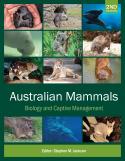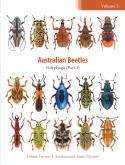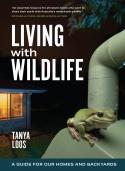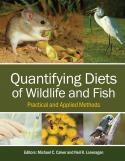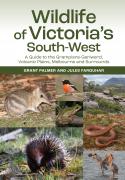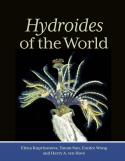Moths are often thought of as the ugly cousins of butterflies, yet their colours can be just as remarkable and, with over 20,000 species in Australia, their biology and lifestyles are far more diverse.
With striking colour photographs of live moths in their natural habitat, this guide illustrates all the major moth families in Australia, including some rarely seen species. It provides many curious facts about the unusual aspects of moth biology, including details on day-flying species, camouflage, moths that mimic wasps, larvae with stinging hairs, and larvae that have gills. This easy-to-read book includes sections on the iconic Witjuti grubs, Bogong moths, the giant-tailed Hercules moths of northern Queensland (one of the largest moths in the world, with a wingspan of over 25 cm), moths that release hydrocyanic acid in their defence, and moths that produce ultrasonic calls that bats learn to associate with a bad taste.
A Guide to Australian Moths highlights the environmental role of moths, their relationships with other animals and plants, and their importance to humans. It provides a unique introduction to the extraordinary diversity of moths found in Australia.





